
El weather, is understood as the combination of different parameters which includes temperature, precipitation, wind, humidity, atmospheric pressure and cloud cover. These parameters that we have just mentioned are elements of the climate.
On the other hand, we find climate factors such as latitude, prevailing winds, sea currents, distance from the sea, altitude and relief. These factors can modify or limit certain elements of the climate, and they are the ones that generate the different types of climate that we know today.
When we talk about climate, we are referring to all these factors related to weather and possible changes that can be generated and the way in which they manifest themselves. A given climate can not only condition our way of life, but also the type of vegetation and animal species that live in a given area.
What is the weather like?
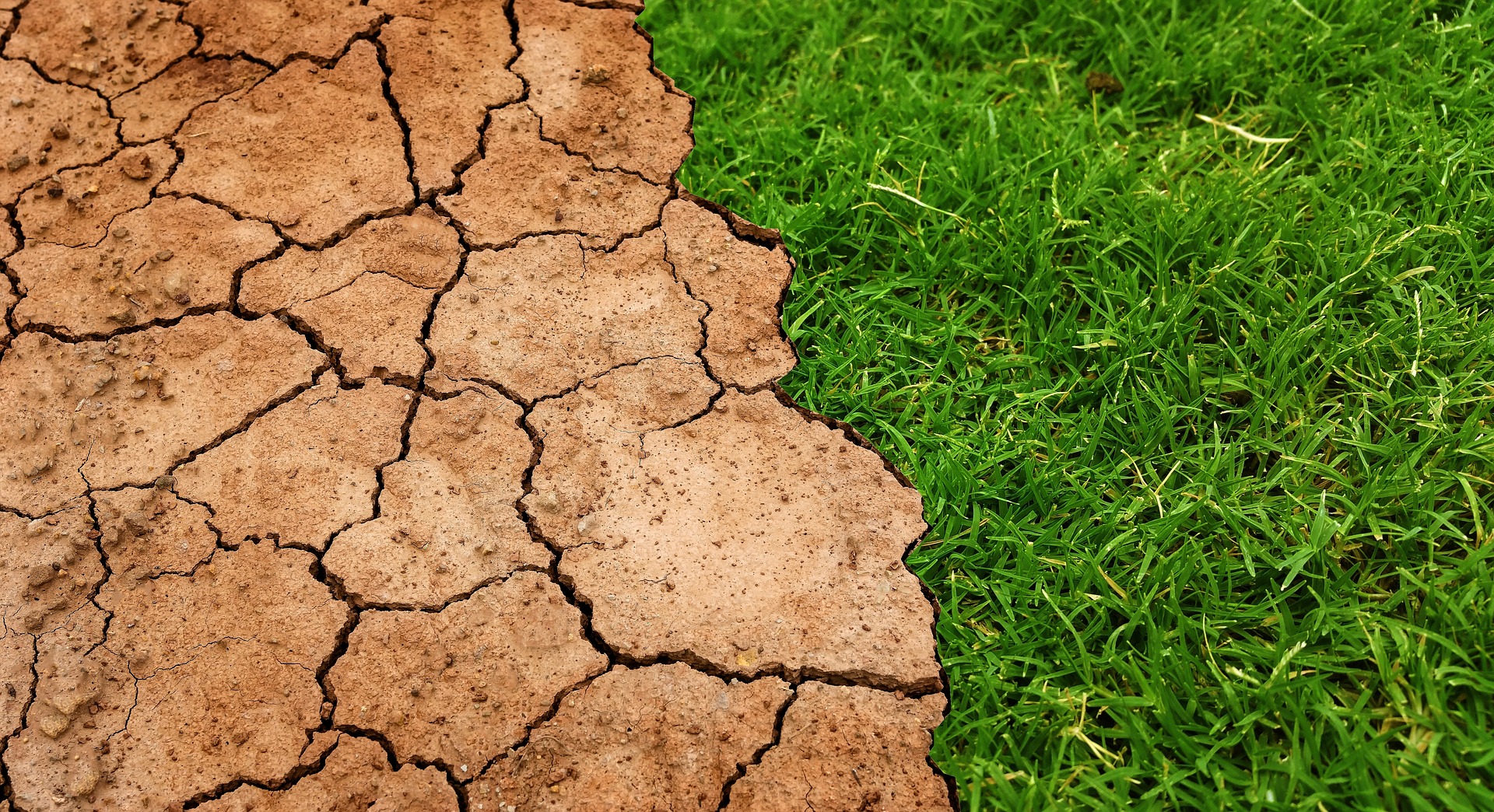
As we have commented at the beginning of this publication, the climate is understood as a set of various atmospheric conditions that occur in certain places repeatedly such as temperature, pressure, winds, humidity, precipitation and other meteorological conditions.
Two terms that have to be differentiated are climate and weather.. The first of these is related to long-term conditions in a given area. While time understands the conditions that occur in a shorter period.
All the Different geographical regions of the planet have a certain climate associated with them. based on a series of factors such as height, the distance from the equator, sea currents, distance from the sea, etc., which causes, as we have said, different types of climates.
Weather elements
All weather, are made up of several elements that are studied by climatologists to provide us with weather forecasts. Next, we explain what each of them consists of.
Temperature
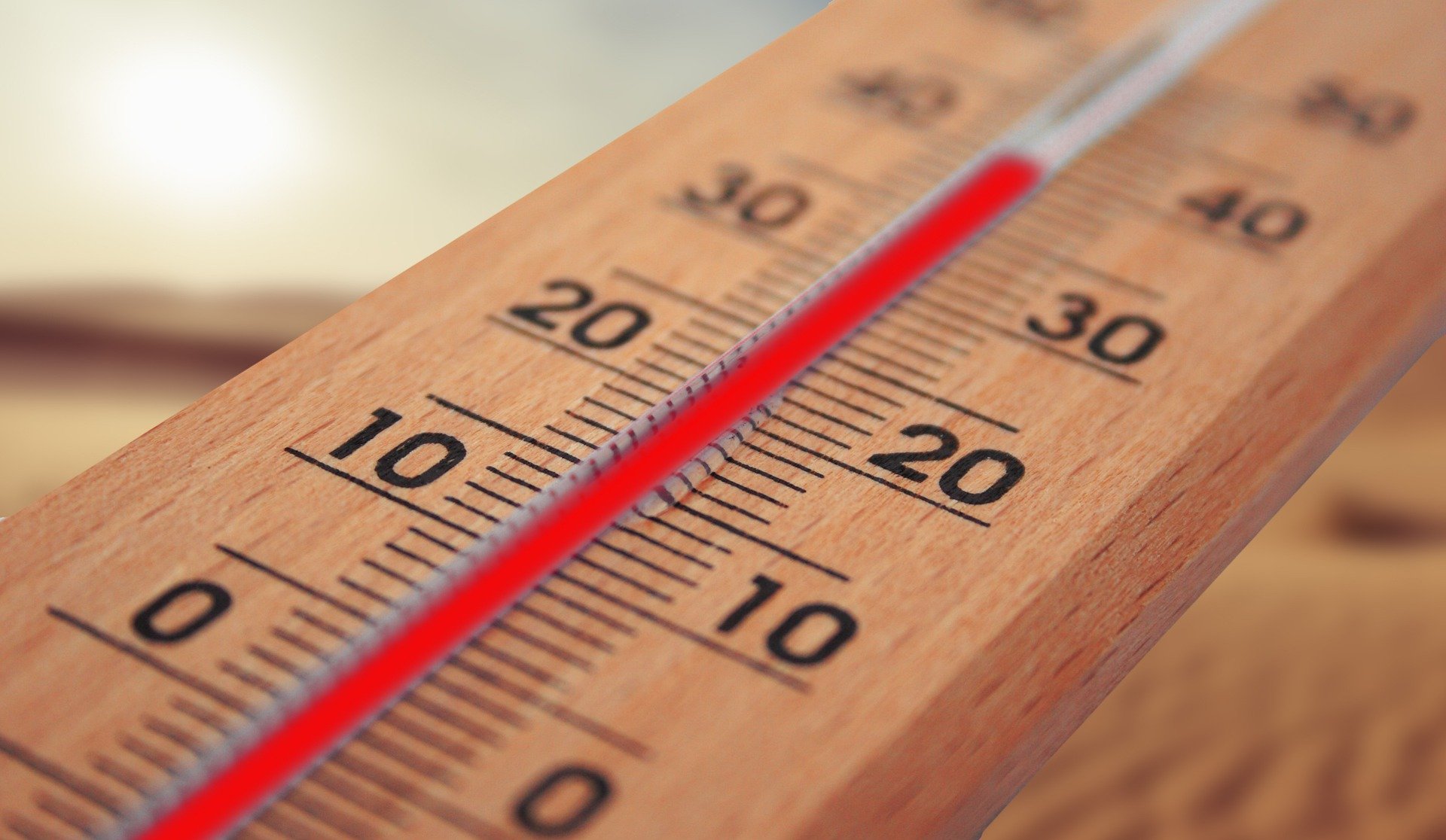
We talk about the Existing variations in the intensity of the heat that a certain place presents in front of another. That is, the amount of heat energy that the air has at a given time and place.
This energy can be measured using three different measurement scales; Celsius, Kelvin and Fahrenheit. It is usual to find thermometers in our cities that indicate the temperature we have in a certain area by means of degrees Celsius, depending on whether that thermometer is in the shade or in the sun, the time we look at it, the season, etc.
Humidity
If we talk about absolute humidity, we refer to the amount of water vapor present in the air. If, on the other hand, we talk about relative humidity, we are talking about the relationship between the amount of water vapor contained in the air and the maximum amount of water vapor that a certain temperature can contain.
How much The higher the temperature, the greater the amount of water vapor admitted.. When there is a high accumulation of relative humidity, clouds, fog and even dew form. To measure this factor, a hygrometer is used.
Atmospheric pressure
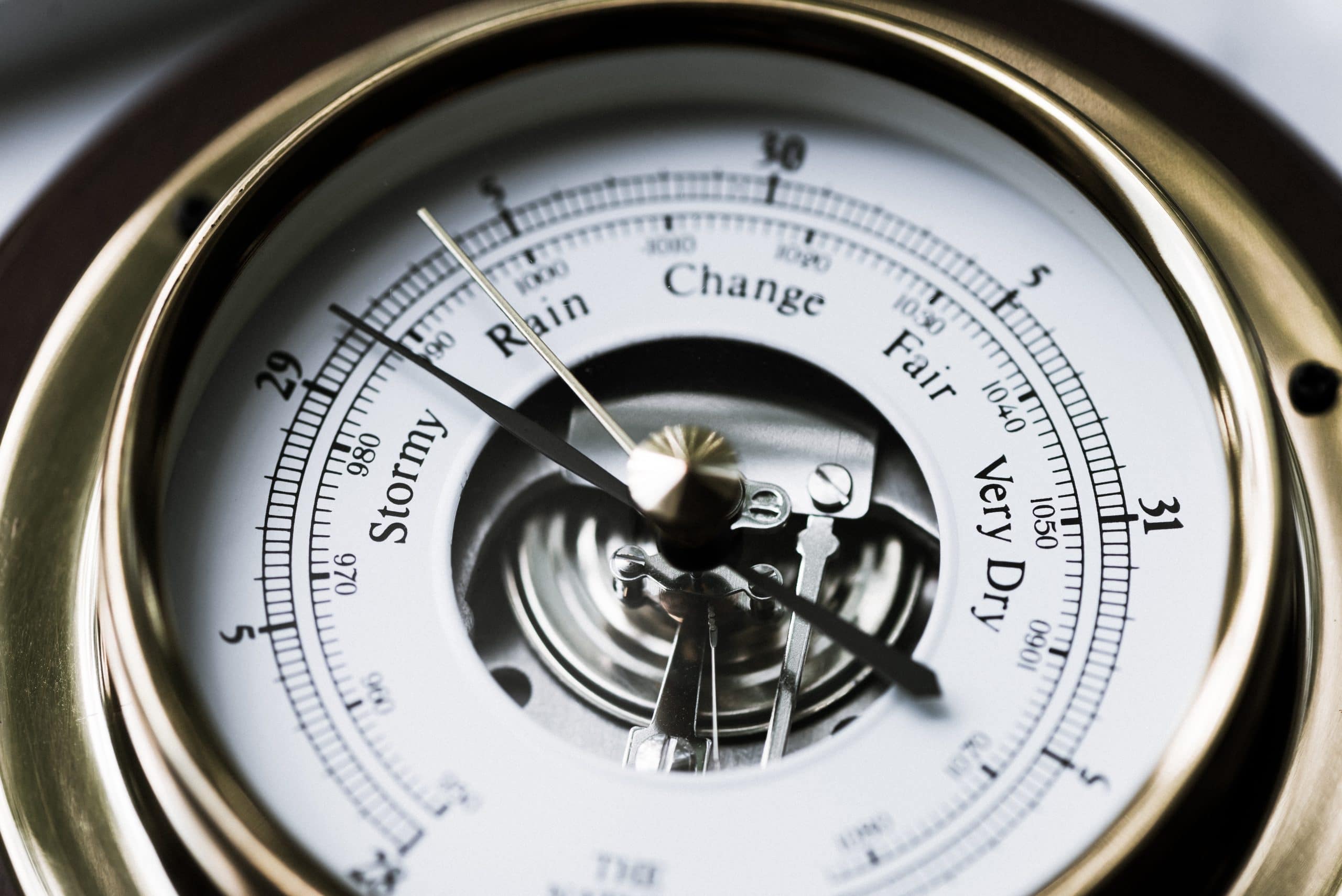
Source: https://estacionmeteorologica.net/
This factor has to do with the weight that the air in the atmosphere exerts on the earth's crust. This pressure we are talking about will depend on the altitude and temperature.
The pressure is expressed in Pascals and to measure its pressure a tool called a barometer is used that uses millibars as a unit of measurement.
Wind
The wind is a movement of air in the atmospheric layer that can move from areas of high pressure to low pressure. This factor is conditioned by others such as changes in atmospheric pressure and temperature, which can help determine the intensity and speed of these air movements.
Precipitation

The fact that it Accumulate abundant water vapor in the atmosphere, causing it to condense and form clouds, which displaced with the help of the wind collide with each other and release water, which we all know as rain.
This phenomenon not to be confused with dew, chirimiri or mist since these three are forms of condensation.
Climate factors
The factors that we are going to see next in this section are those that They help to determine a type of climate.
Latitude

This factor is defined as the angular distance from a given point on the earth's surface to the equator. The closer to the equator, the less variation in day length and the warmer temperatures will be.
Atmospheric circulation
We are going to focus on the planetary winds, that is, on the winds that prevail in the terrestrial planet. They are winds that travel long distances and also tend to always blow in the same direction.
We find different planetary winds as they can be; trade winds, westerly winds and polar winds.
Ocean currents

Source: https://www.pinterest.com.mx/
In this case, we talk about masses of water that move along the oceans and that can travel great distances. These currents have a specific function on our planet and that is to distribute the heat of the tropics to the rest of the earth's surface.
there are so many cold and warm currents, which, as their names indicate, cool or heat the regions.
Distance from the sea
The role of the sea is moderate temperatures in coastal areas making them milder. If we move away from the sea areas, this effect that we were talking about disappears, so the temperatures change both during the day and at night.
All the regions far from the sea, tend to have a drier climate since, the air that originates in these sea areas, when moving over large areas of land, loses moisture in the form of precipitation. So, as they move inland, less moisture remains, so the chances of rain are less.
Relief
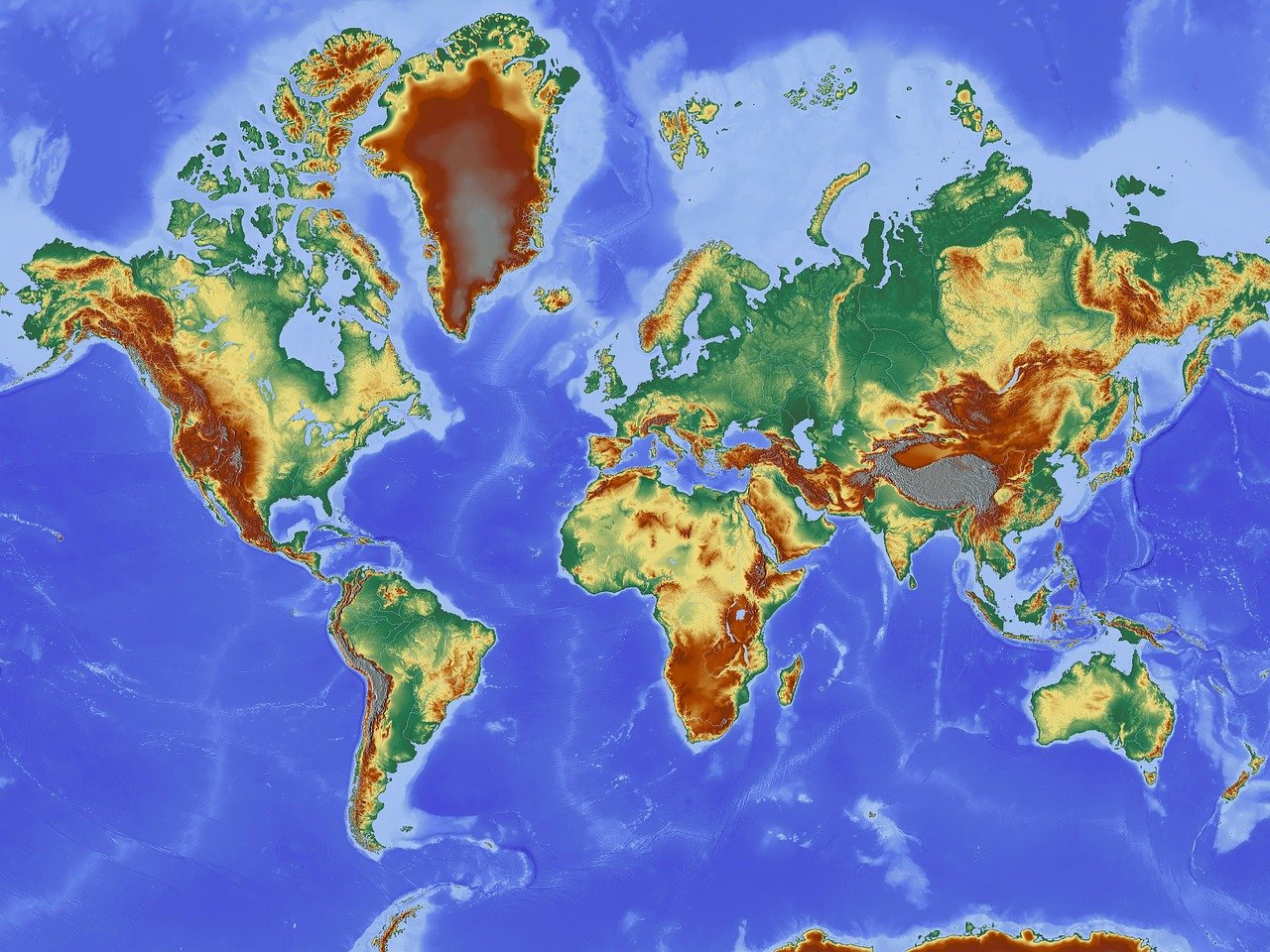
Factor with a lot of influence on the climate that occurs in a region. Orientation can influence whether a region is more prone to a drier or wetter climate. This happens with the mountains, for example, these natural phenomena stop the humid winds that come from the coastal areas, absorb moisture and cause dry winds to form.
Altitude
This factor refers to the vertical distance of a point on earth from sea level. The higher the altitude, the temperature decreases, this has to do with the fact that when ascending the pressure decreases.
Types of climates
Different types of climates can occur, three main ones that in turn can be divided into various subclimates as we will see below.
There are several ways to classify the types of climates, scales, study applications, etc. can be used. But one of the The simplest classifications is the one that refers to the degree of temperature.
Warm weather
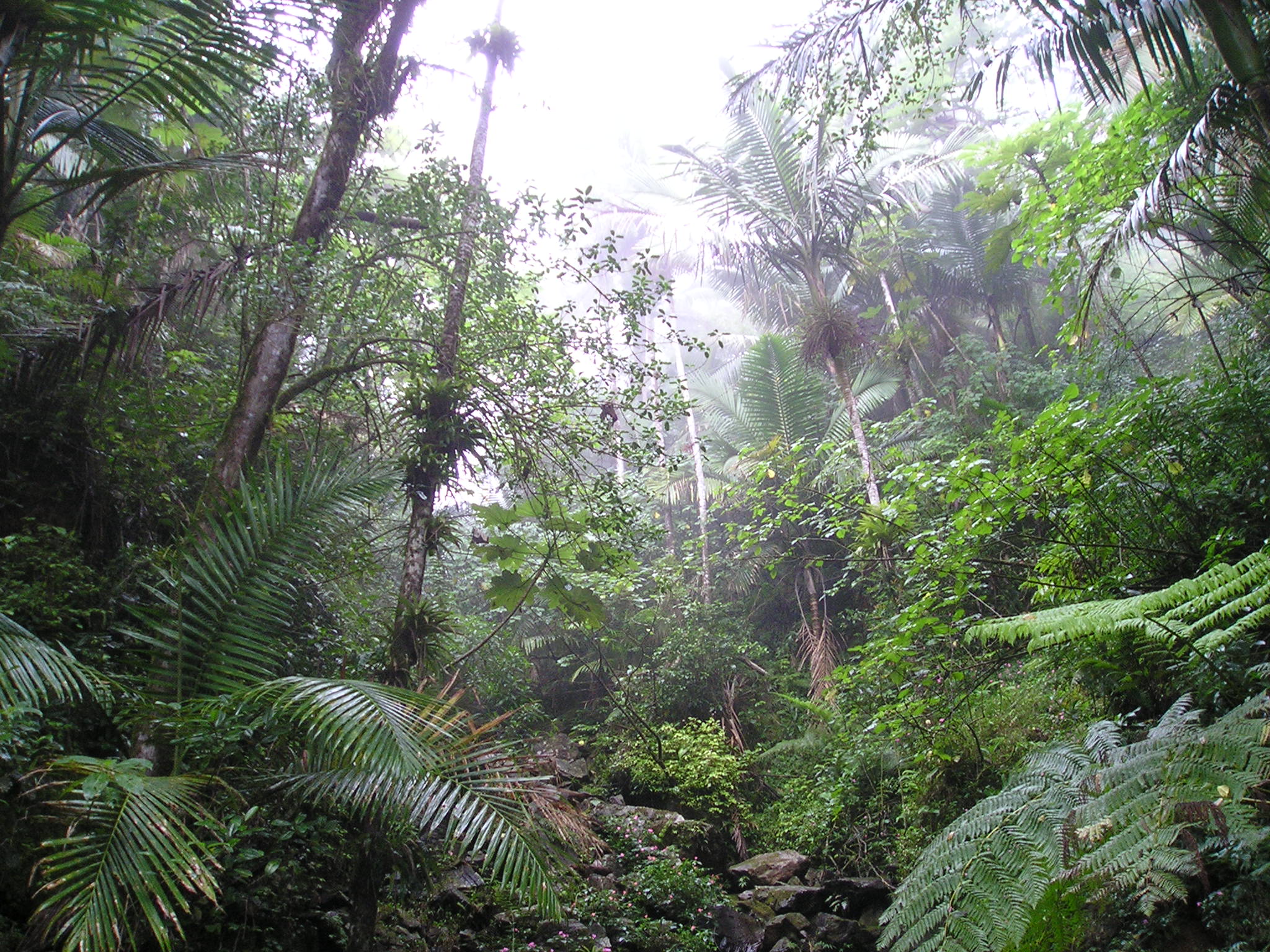
Source: https://www.meteorologiaenred.com/
They are those climates, which present consistently higher temperatures. They are usually located in areas up to 1000 meters above sea level, and their average temperature is around 20 degrees.
This type of climate is subdivided into three different; equatorial, tropical and subtropical arid. The equatorial climate has high temperatures throughout the year with humid air and precipitation. On the other hand, in the tropical climate rainfall is more abundant in summer. Lastly, the arid subtropical climate is characterized by a variation in temperatures between day and night, in addition to intense rainfall depending on the time of year.
Cold climates
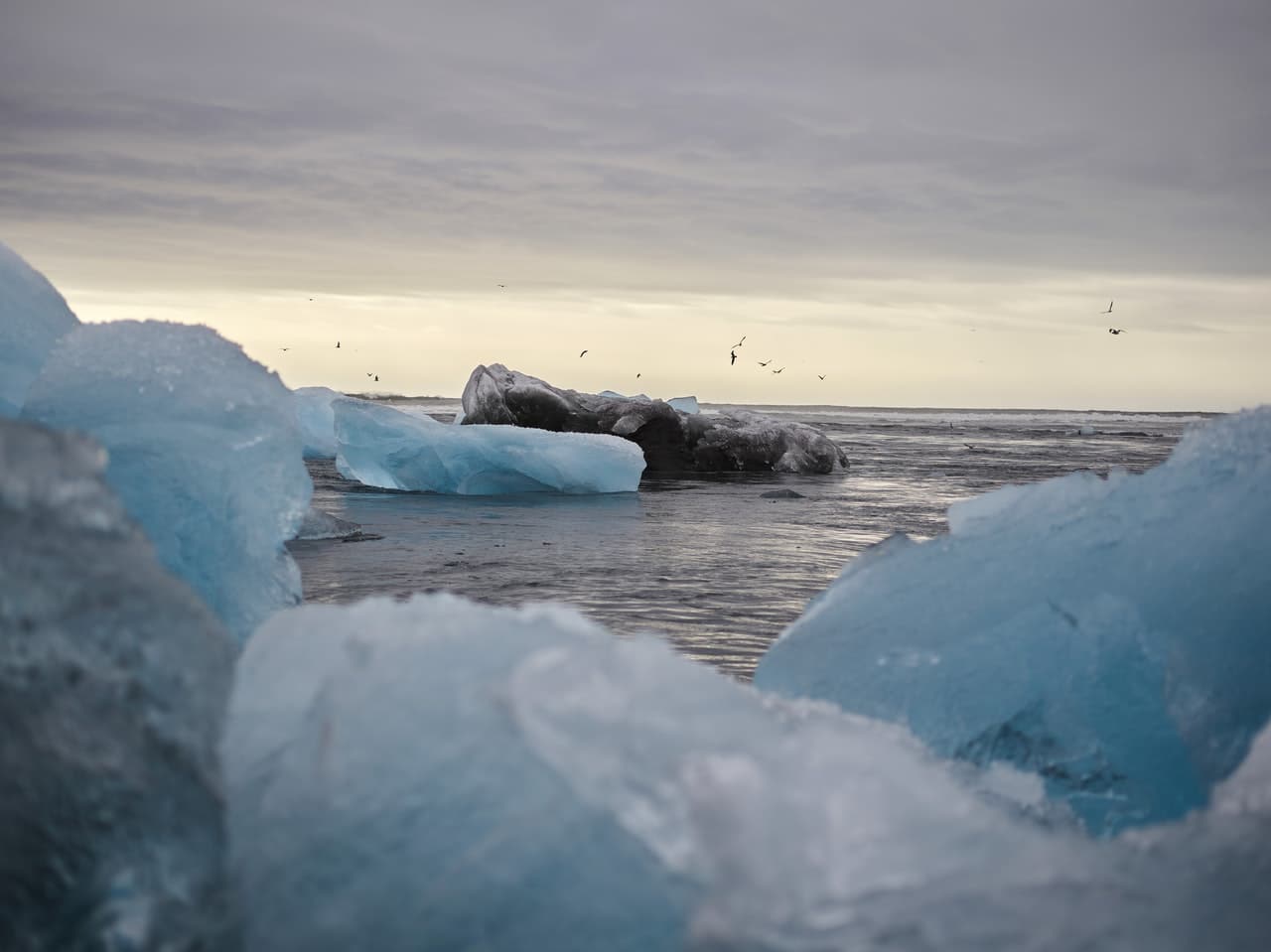
In these types of climates, low temperatures prevail throughout the year. They are usually named for polar, high mountain or tundra climates. They are climates known for perpetual ice, that is, they are continuous and last a long time.
El polar climate, characterized by low temperatures which leads to almost no vegetation in those places due to climatic conditions. In it high mountain climate, there is a variation in temperatures as the height increases, it is more likely to find some plant species than in the polar.
Temperate climates

It is an intermediate climate between the two that we have seen previously, in which there are temperature variations depending on the season in which we find ourselves. Temperatures usually range between 10 and 20 degrees. The temperate climates are subdivided into three different ones; Mediterranean, oceanic and continental.
At Mediterranean climate, very dry summers, hot and with little rainfall, compared to winters that are cold and with very abundant rains. The oceanic is a climate that usually occurs in coastal areas where very extreme temperature variations do not usually occur. As for the continental climate, winter and summer are opposite, there are variations of temperatures and different atmospheric conditions.
Knowing what the climate is, what factors influence it and the different types that exist is something important not only to plan different activities but to be aware of how what we are experiencing in our day to day occurs.
Observing the different meteorological phenomena that occur presents us with the possibility of being able to perceive how time changes and evolves with the passing of the seasons.
Over time, many professionals in this field are finding signs that Due to certain human actions, climate change is taking place. This should lead us to reflect on what measures we should take individually and as a society to try to reduce these negative effects.